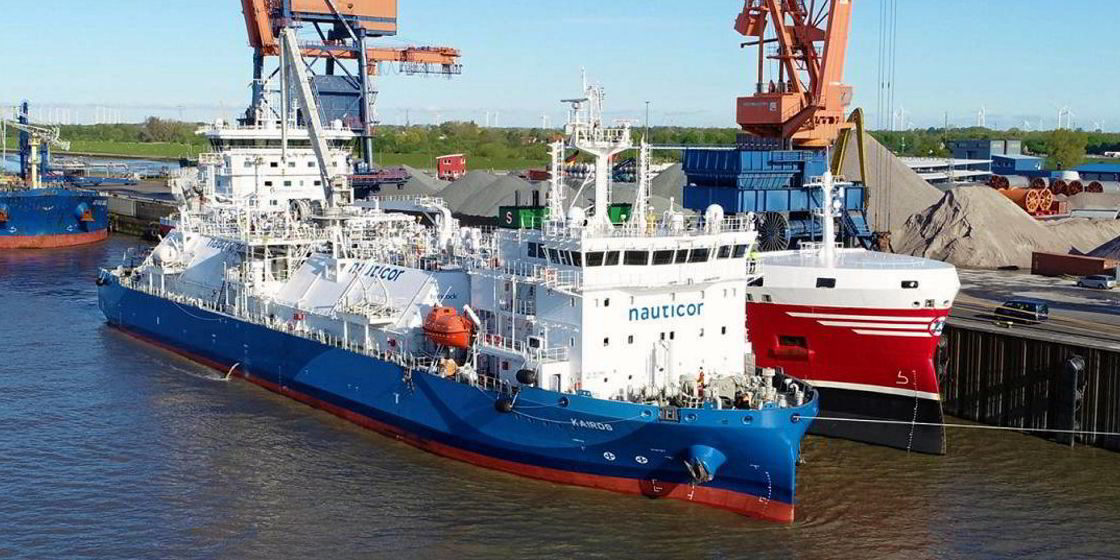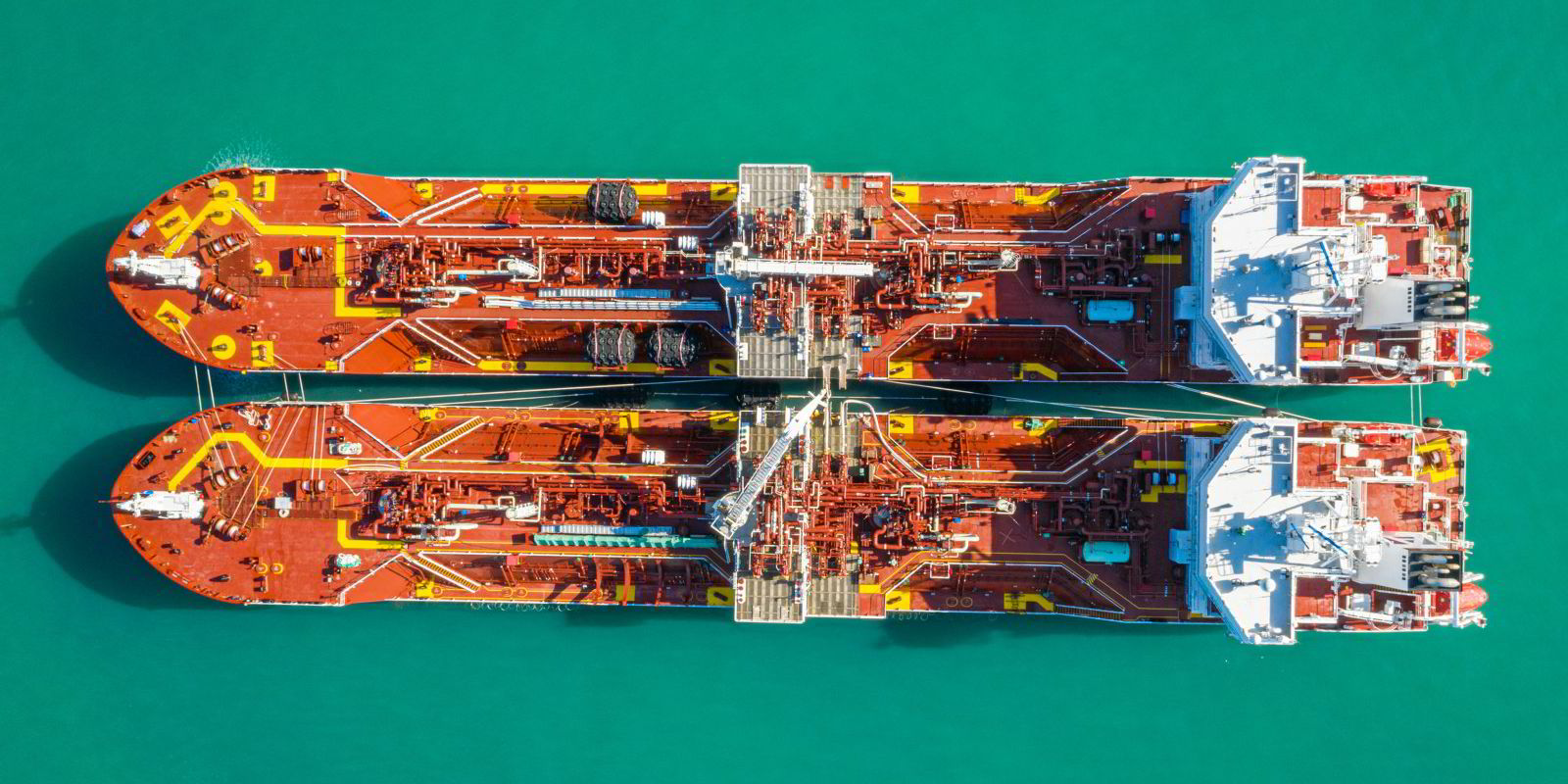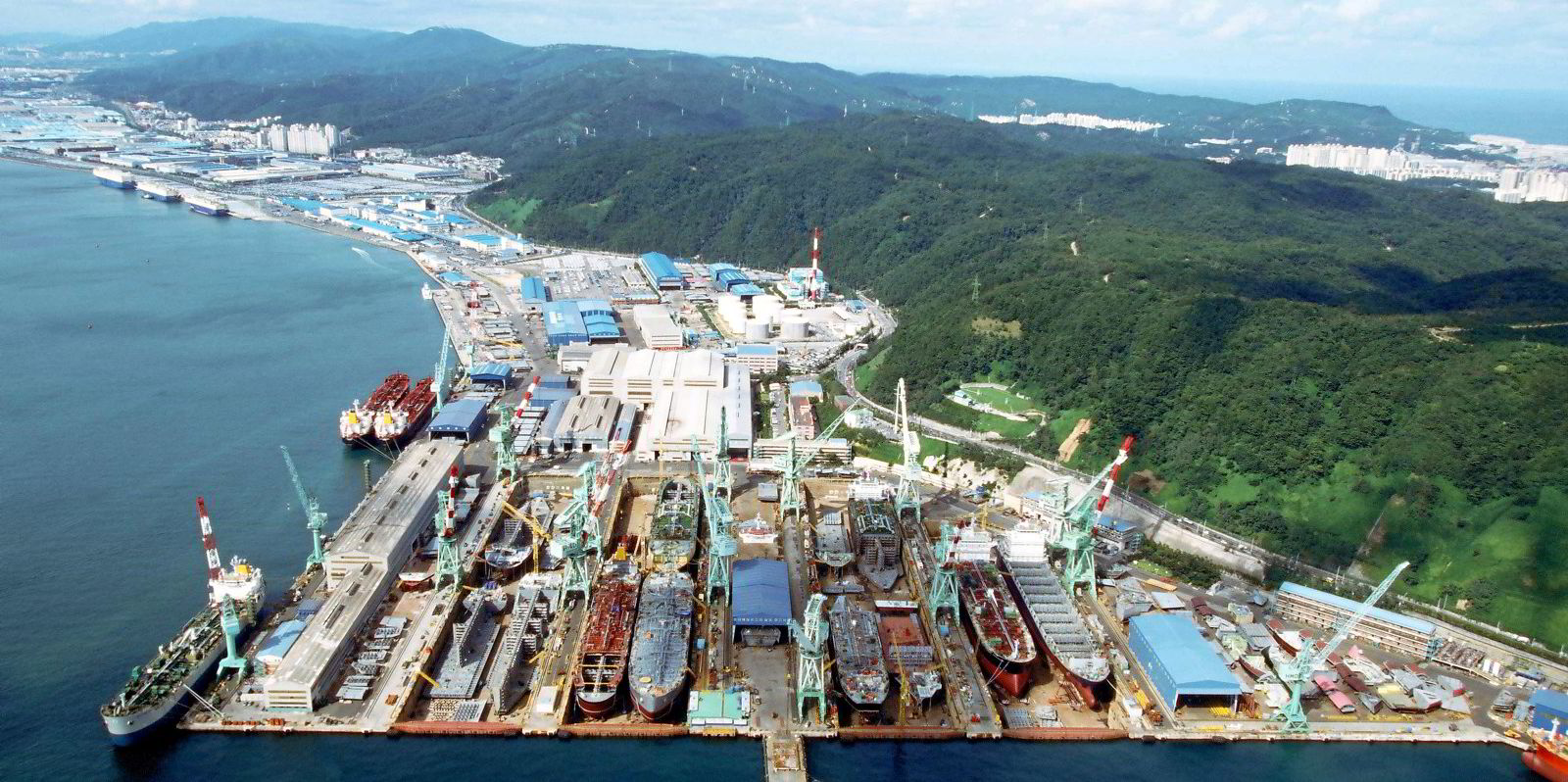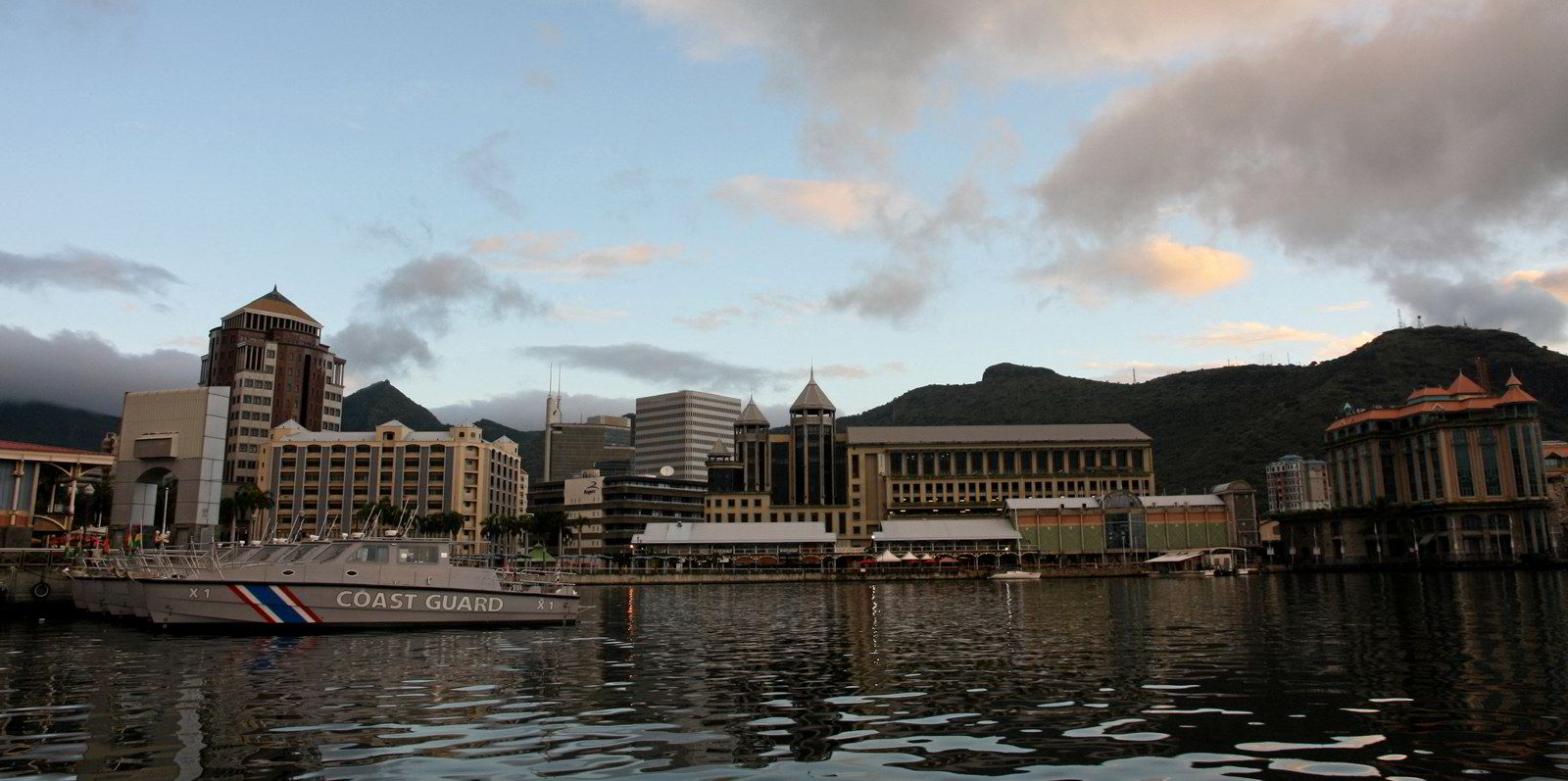Shipowners are caught between a rock and a hard place amid heated debates over which marine fuels are best suited for a low-carbon future.
In a bid to help combat climate change, the International Maritime Organization has aimed to cut greenhouse emissions from shipping in half by 2050, relative to 2008 levels.
Regulators and industry experts generally believe new types of low or zero-carbon fuels are required to reach this target, but there has been no consensus over the decarbonisation pathways.
With the life expectancy of a vessel often exceeding 20 years, shipping companies will need to make initial decisions on the future propulsion systems in the coming years.
For them, the best option for now is to gain as much flexibility as possible when it comes to which fuels their vessels will burn.
This will allow shipowners to future-proof their assets as, economically speaking, the most competitive fuels for their vessels may change several times over the next few decades.
In recent years, many in shipping have bought into the idea that LNG will play at least a transitional role in decarbonisation.
Various studies have shown that aside from being cleaner than oil-based bunker fuels, LNG can reduce carbon emissions from maritime transport by 20%.
While this is insufficient to meet the IMO’s mid-century goal, the fuel’s advocates suggest shipowners should act before zero-carbon bunker fuels such as hydrogen and ammonia become available.
Some governments have been willing to subsidise the usage of LNG as a transport fuel due to the environmental benefits, with the European Union being the most notable case.
While newbuilding costs for vessels that can be powered by the fuel are higher than conventional ships, long-term bunker costs are expected to be lower amid rising gas supply across the globe.
Those factors, coupled with improving bunkering infrastructure in many regions, has led to a boom in ordering LNG-fuelled vessels.
Clarksons Research data showed more than one-fifth of the global orderbook in dwt terms were LNG-capable ships as of late March, up from 7% at the beginning of 2018.
In an online forum held by Capital Link in mid-April, Shell’s manager of downstream LNG Tahir Faruqui even proclaimed that not choosing LNG for building a new vessel is “absolutely unacceptable” for the planet.
Faruqui described LNG as a “no-brainer” and a “zero-risk investment choice” because he reckoned regulators would eventually penalise the CO2 footprints of ships.
But putting all eggs in the fuel’s basket is becoming riskier as the public sector turns sour on fossil fuels.
Legal experts from Watson Farley & Williams have warned that the EU’s upcoming taxonomy regulation could direct capital away from LNG bunker facilities as they would not be deemed “sustainable” for investors.

The World Bank has even called on governments to steer away from policy support for LNG as a bunker fuel, citing its methane leakage issues and inflexibility as a transitional fuel.
One of its studies shows that liquefied biomethane and synthetic methane would be the only zero-carbon fuels that could reuse existing LNG infrastructure, but neither of them is forecast to have a strong presence in the future bunker market.
In coordination with a team of researchers led by University Maritime Advisory Services director Tristan Smith, the bank concludes that investing in LNG refuelling facilities could constitute “unnecessary capital expenditures” and result in “stranded assets and technology lock-in”.
Instead, the World Bank suggests more resources can be put into developing hydrogen and ammonia as bunker fuels as their life-cycle emissions are nearly zero if produced from renewable energy.
There is little wonder why some shipowners are investing in vessels that can adapt to a multi-fuel future as the industry debates drag on.
Euronav and Avin International have both placed newbuilding orders for crude tankers that can be fuelled by LNG and ammonia via retrofits later in their lifespans, even though the ships are designed to consume oil-based fuels initially.
Separately, Eastern Pacific Shipping has announced it would convert part of its fleet to run on methanol or ammonia in partnership with MAN Energy Solutions and OCI NV.
Some forward-thinking institutions such as DNV have called on industry players to allow for fuel flexibility when building a ship for years, with uncertainty over low-carbon options.
As few still have a firm idea on what the best future marine fuel is, it would be wise to heed their words.







